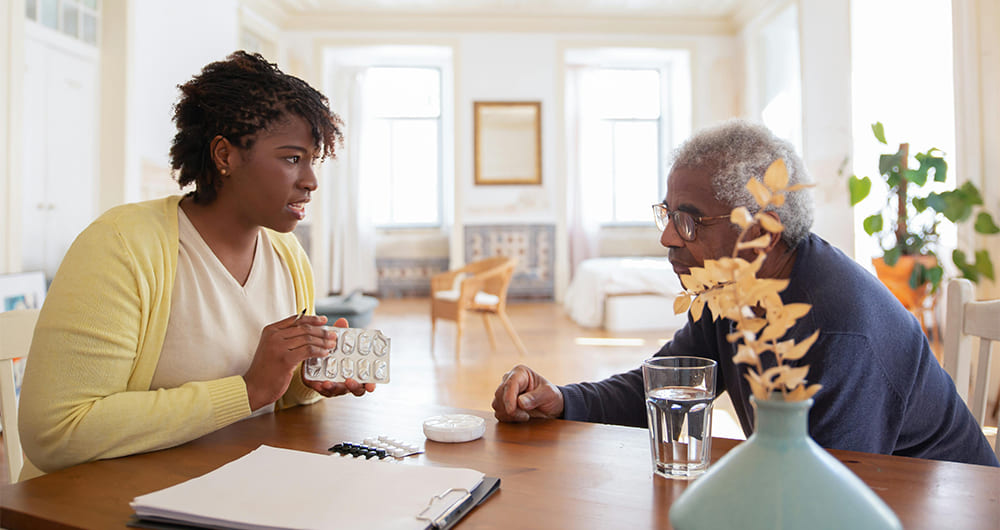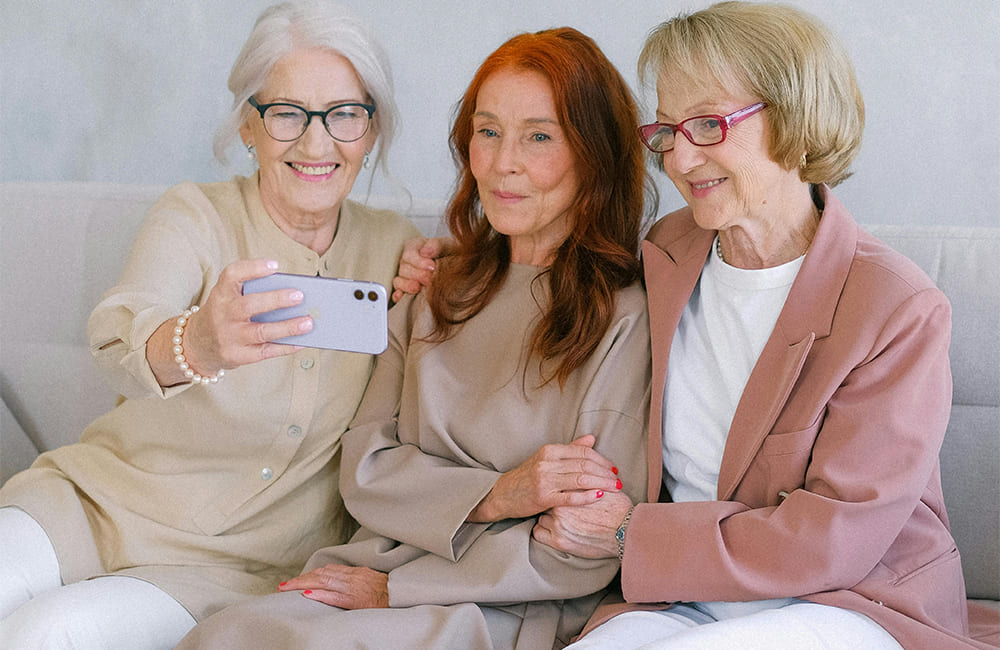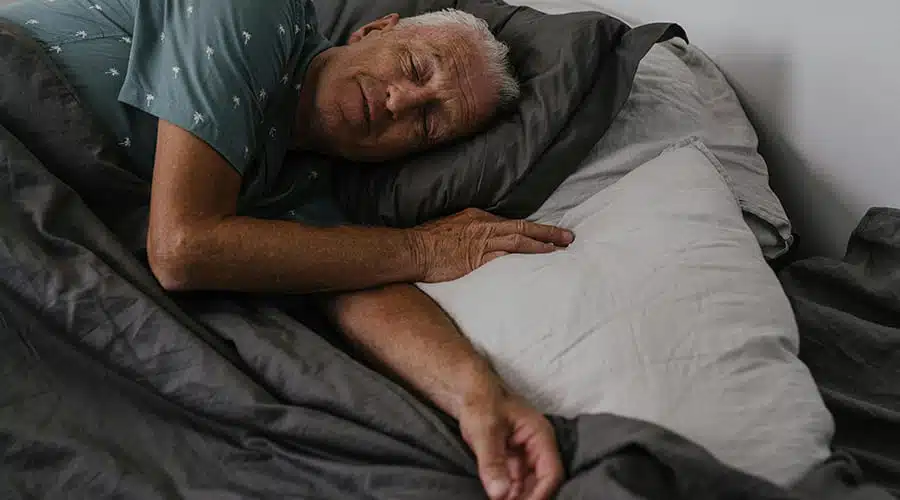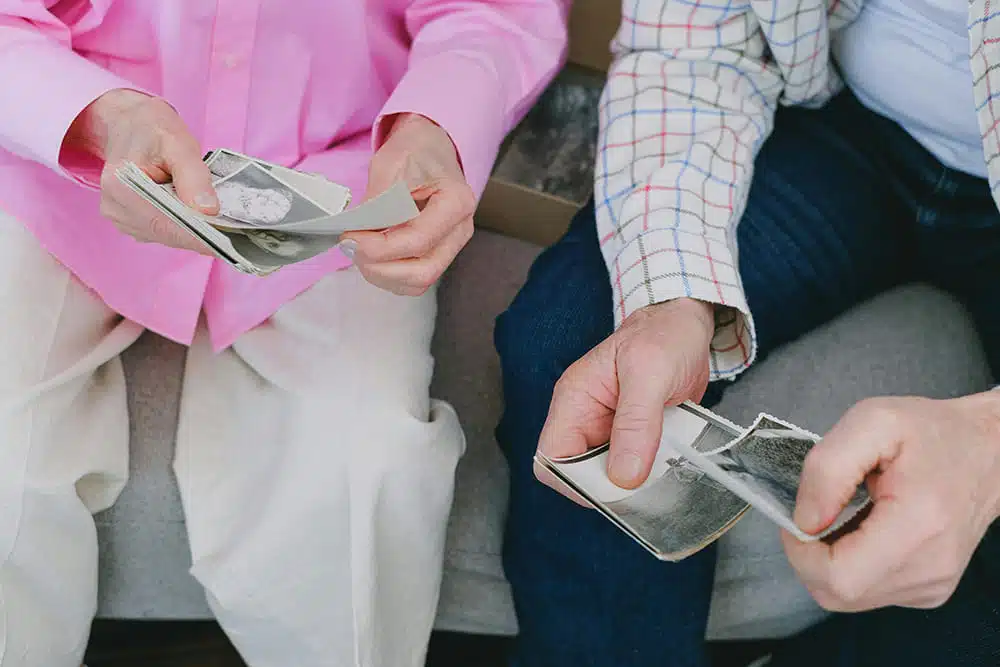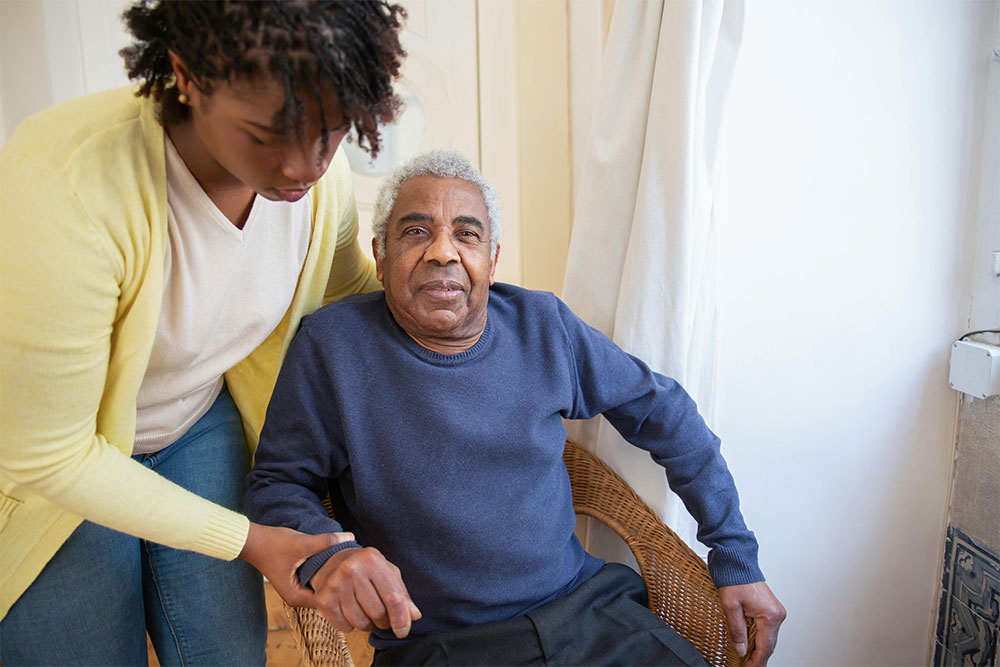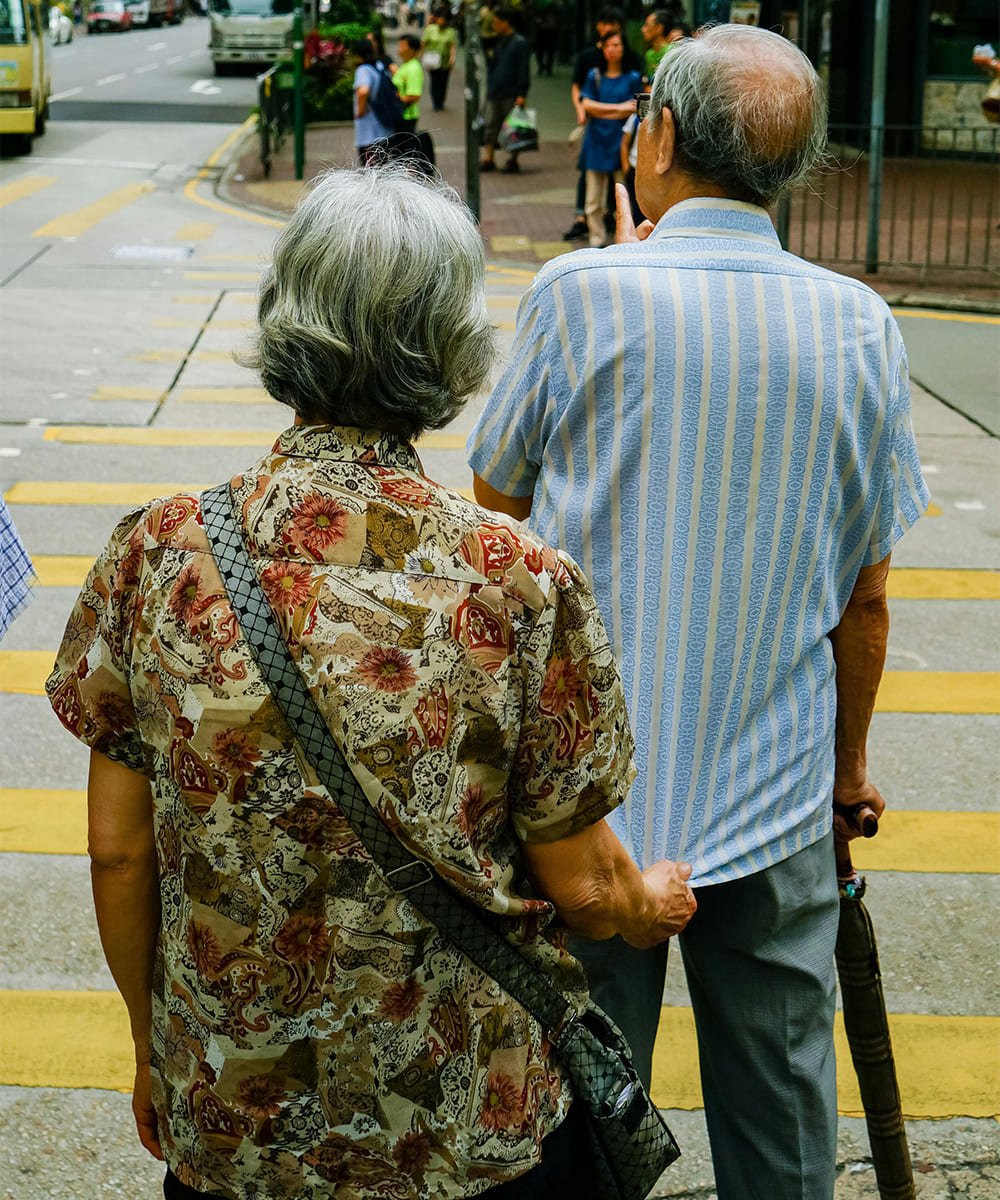Learn about the many benefits of light therapy lamps for improving mood, health, and overall well-being. From addressing seasonal affective disorder (SAD) to alleviating anxiety, sleep issues, and pain, delve into how these lamps can enhance both physical and mental conditions. Explore their usage and safety considerations in this comprehensive overview.

Christopher Ravn
Key Takeaways
1. Light therapy involves exposure to artificial light that mimics natural sunlight, offering various health benefits and aiding in regulating the body’s internal clock, thereby improving overall well-being.
2. Light therapy lamps have gained attention for their ability to enhance mood and health by mimicking natural sunlight, thereby increasing serotonin levels and positively impacting mood.
3. Light therapy lamps are utilized to regulate the circadian clock, improve mood, and address sleep disorders, particularly beneficial for individuals with seasonal affective disorder (SAD) and those experiencing sleep issues or mood disturbances.
Table of Contents
1. Light Therapy Lamp Benefits
2. Why Use Lamps In Therapy?
3. Is Light Therapy Effective For Everyone?
4. What Is A Light Therapy Lamp Used For?
5. Other Benefits Of Light Therapy Lamps
6. What Do Therapy Lamps Do In Physical Rehabilitation?
7. How To Use Light Therapy Lamps
8. Are Light Therapy Lamps Safe For Long-Term Use?
9. Therapy Lamp Benefits In Office Environments
10. Frequently Asked Questions About Light Therapy Lamp Benefits
Light Therapy Lamp Benefits
Light therapy involves exposing oneself to artificial light that mimics natural sunlight. It provides a myriad of health benefits and helps regulate the body’s internal clock, improving overall well-being.
There are many benefits to light therapy. This ranges from enhancing mood by stimulating serotonin, a neurotransmitter linked with happiness and well-being. Additionally, light therapy boosts energy levels, especially for those experiencing fatigue or low energy during darker months. Thus, it regulates the circadian rhythm, improving sleep patterns, and effectively aids insomnia or sleep issues.
Understanding how do light therapy works may also benefit mental health, such as seasonal affective disorder (SAD) and depression. For individuals experiencing SAD symptoms during the darker months, exposure to bright light can reduce low mood, lethargy, and carbohydrate cravings. Additionally, light therapy may alleviate depressive symptoms and is a non-invasive, easy-to-use method.
Can Light Therapy Lamps Improve Your Health And Mood?
Light therapy lamps have gained a lot of attention because of their capability to improve one’s mood and health. They mimic natural sunlight, providing a positive impact on mood. Therefore, exposure to bright light is important to alleviate one’s mood because it increases serotonin, a neurotransmitter tied to mood regulation and happiness. This is particularly beneficial for those suffering from seasonal affective disorder (SAD) or those whose moods are affected by changes in daylight.
Light therapy lamps also offer a multitude of health benefits. Constant exposure to light therapy helps regulate circadian rhythms, promotes better sleep, and eventually relieves insomnia. Furthermore, some light therapy lamps may aid in the production of vitamin D, crucial for bone health, immune function, and overall well-being. For individuals with limited sun exposure, especially those in the northern hemisphere or mainly indoors, selected light therapy lamps are best to supplement vitamin D and promote overall health.
Why Use Lamps In Therapy?
The reason many people opt to use lamps in light therapy is because it provides benefits to help regulate the circadian clock and improve mood. Light therapy is designed to mimic natural sunlight to help individuals normalize their internal body clock and neurotransmitter levels.
Thus, it is important to have adequate bright light in the morning to reset the body’s circadian rhythm. This is crucial for regulating sleep-wake cycles and other physiological processes. It is also beneficial for those suffering from sleep disorders, jet lag, or changes in their work timing that cause sleep issues. Moreover, light therapy stimulates the neurotransmitter serotonin, which helps regulate mood and feelings of well-being. Thus, increased levels of serotonin help improve depression, seasonal affective disorder, and other mood-related issues.
There are many types of light therapy lamps available in the market, each with its own uses. Broad-spectrum light therapy lamps emit bright light closest to natural sunlight and are commonly used to treat SAD and other mood disorders. Dawn simulators increase light intensity to mimic natural sunlight, helping people wake up more gently and improving their mood upon awakening. Light boxes are designed with specific wavelengths; for example, blue light may be used to treat insomnia or delayed sleep phase disorder.
Is Light Therapy Effective For Everyone?
Light therapy may be effective for everyone; however, the range or rate of its efficacy could vary among different populations. Factors such as age, other health conditions, and one’s response to light exposure may influence the therapy’s effectiveness.
For older individuals, light therapy may show promising benefits in improving sleep, mood, and cognitive function. As we age, many may experience changes in their circadian rhythms and melatonin production, which can disrupt sleep patterns and mood regulation. Therefore, light therapy may help regulate these rhythms, leading to better sleep and mood regulation.
However, it is important to consider differences and contradictions in using light therapy, especially among older adults with certain medical conditions or those taking specific medications that may react to light. Thus, consulting a healthcare professional before embarking on a light therapy journey is crucial.
What Is A Light Therapy Lamp Used For?
Light therapy lamps may be used to treat a number of conditions tied to mood and sleep disorders.
For those with seasonal affective disorder (SAD), light therapy for cognitive decline may be a primary treatment method. SAD is a depressive disorder that occurs during certain seasons, particularly in autumn and winter months when natural sunlight exposure is reduced. Thus, it is important to note that light therapy uses bright light from a certain type of lamp to mimic natural sunlight. This helps to regulate the body’s circadian rhythm and thus helps to relieve certain symptoms associated with depression or SAD.
Light therapy lamps may play a crucial role in managing anxiety and improving sleep patterns, especially for those who suffer from anxiety and insomnia. By exposing oneself to bright light, it may help regulate circadian rhythms and promote better sleep quality, thereby reducing symptoms of insomnia. Additionally, light therapy may have a calming effect on one’s nervous system, helping to relieve anxiety and promote relaxation.
Overall, it is important to note that light therapy lamps are a non-invasive method and may prove to be effective for those seeking to manage their moods and sleep issues. Thus, it helps to provide some form of relief for those experiencing SAD, anxiety, and insomnia.

Other Benefits Of Light Therapy Lamps
There are other benefits of light therapy lamps beyond treating mood and sleep disorders. One unspoken benefit could be that it may aid in pain management. It is believed that different light spectrums, such as infrared or near-infrared light, may alleviate pain and promote healing in conditions like arthritis, fibromyalgia, and chronic pain.
Additionally, certain light therapy lamps may indirectly help with vitamin D production. Although traditional light therapy lamps emit visible light, some believe that exposure to bright light may stimulate the skin to produce vitamin D. This phenomenon has been observed in individuals with very limited sun exposure, especially those living in northern latitudes or indoors. Thus, by utilizing a range of light spectra, light therapy lamps may offer a more versatile and non-invasive way to improve overall health and well-being.
What Do Therapy Lamps Do In Physical Rehabilitation?
Therapy lamps may play a supportive role in physical rehabilitation. Also known as phototherapy, light therapy lamps may enhance tissue repair, reduce inflammation, and relieve pain. Therefore, they are used alongside physical therapy exercises to accelerate the healing process and improve outcomes for various musculoskeletal issues, including sprains, strains, and joint problems.
Before starting a light therapy regimen, it is important to consider certain factors and precautions. Patients should discuss this with a healthcare provider to ensure that light therapy lamps are suitable for their condition and medical history. Furthermore, the light intensity, duration, and frequency should be carefully monitored to avoid adverse effects such as skin irritation or eye strain.
Overall, when used under proper guidance, light therapy lamps can be a valuable modality in physical rehabilitation programs, aiding in healing and improving functional outcomes.
We Believe Prioritizing Brain Health Enhances Your Quality Of Life
Get to know our team, our mission and how our EVY LIGHT® can provide you and your loved ones with a fuller life, letting you breathe a little easier.
How To Use Light Therapy Lamps
- Make sure that the light is positioned at a correct distance and angle for optimal exposure. This should be within 6 feet, and exposure should be 20 to 30 minutes in the morning.
- Ensure that the light intensity is adjusted according to one’s comfort level and sensitivity.
Remember to reduce the duration and light intensity in the summer because there is excess natural sunlight. However, this should be the reverse in winter because many would have limited exposure to sunlight, and thus, there needs to be longer or more frequent sessions.
You will also need to monitor for potential side effects such as eye strain, headaches, or skin irritation. To reduce these, ensure that the lamps have UV filters. Also, remember to take breaks during sessions and make sure that proper eye protection is used. Always remember to consult your healthcare professional before using a light therapy lamp. This is especially important for those who have preexisting conditions or are taking medications that may interact with light therapy.
Are Light Therapy Lamps Safe For Long-Term Use?
Generally, light therapy lamps are safe for long-term use, especially if one uses them as instructed. Research shows that regularly using and being consistent with light therapy lamps does not pose any threats and is safe. However, one needs to remember that manufacturing instructions, guidelines, and recommendations about the durations, intensity, and frequency need to be followed to reduce any adverse effects.
To ensure the longevity and efficacy of light therapy lamps, proper maintenance is essential. Therefore, ensure that the lamp is always cleaned and that dust and debris are removed because accumulation can affect the light output. Additionally, periodically check for any signs of damage or malfunction and make sure that bulbs are changed when necessary. Thus, it is important to follow the maintenance guidelines stipulated by the manufacturer to help with the lifespan of your light therapy lamps. This will ensure that the lights remain effective in the long run.

Enhance your brain performance through the power of light.
Comfortable and easy to use 40Hz light therapy to support and improve your brain function.
View Our LightTherapy Lamp Benefits In Office Environments
Integrating light therapy lamps into the office environment may provide several benefits for employees’ productivity and overall well-being. These lamps stimulate and mimic natural sunlight, thereby regulating circadian rhythms and enhancing mood and energy levels. Given that employees spend most of their time indoors in the office environment, they have limited exposure to daylight.
Thus, it is essential to place light therapy lamps strategically throughout the office where employees frequently sit or visit. This ensures they receive the desired amount of light therapy throughout the workday, aiding focus and promoting a happier mood.
Research suggests that exposing the office environment to bright light may improve performance, reduce fatigue, and increase job satisfaction. Therefore, creating a vibrant and stimulating environment with the help of light therapy lamps is crucial. This can contribute to a healthier and more productive workspace culture, benefiting both the employer and employee overall.
Learn What Others Have Experienced with EVY Light
See how others have achieved a sharper mind by activating their gamma brainwaves in combination with maintaining a healthy lifestyle.
Frequently Asked Questions About Light Therapy Lamp Benefits
What Are The Benefits Of A Light Therapy Lamp?
How To Use Light Therapy Lamps
Make sure that the light is positioned at a correct distance and angle for optimal exposure. This should be within 6 feet, and exposure should be 20 to 30 minutes in the morning.


















